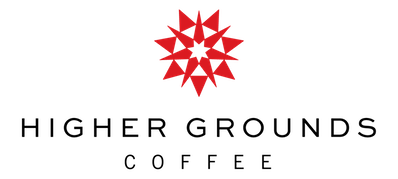If you’re reading this, there’s a good chance you belong in the 50% of the adult U.S. population who drinks coffee every day. Some of us drink coffee at home, some purchase coffee by the cup elsewhere, and many of us do both. In the U.S., independent coffee shops generate $12 billion in sales each year, and that number is increasing all the time. That’s big business: coffee is the world’s second-most traded commodity next to oil. On average, Americans spend $160 per year on coffee, which is more than half of what the average coffee farmer earns from growing coffee annually.
Coffee culture has evolved in three distinct waves over the past several decades, starting in the 1950s with the emergence of coffee, packaged in tins, on grocery store shelves. Companies like Maxwell House and Folgers led the first wave, making what was previously a big-city luxury available to households in rural areas as well. You could now purchase pre-ground coffee and brew it at home; the focus of coffee back then was convenience and mass production.
The second wave rolled in when Starbucks, which started as a small roasting company in Berkeley, California, began opening coffee shops in the 1980s. Coffee prepared by someone else became something you could consume away from home, something you could schedule a date for and enjoy as a specialty product. What’s more, coffee was not simply a beverage but an ingredient in more complicated drinks that included milk and flavored syrups.
In the early 2000s, consumers started responding to the second wave with an interest in both higher quality coffee and information about how coffee was produced. Instead of convenience or experience being the focus, the coffee itself moved to center stage. Coffee drinkers started caring more about intricate nuances present in their beverage as well as the details of who grew it, where, and how. Attributes like elevation, varietal, processing method, and even individual farmers’ names began finding a home on coffee labels and in marketing campaigns. The third wave has brought increased transparency about the world of specialty coffee as well as attention to the fine points of quality coffee preparation, leading to many cafes offering brewed-to-order cups and baristas who can tell you far more about their coffee than simply what roast level it is.
So have we reached a new wave of coffee yet? Some say the fourth wave is about sustainability; others say we haven’t reached a fourth wave but have named these days the New Wave instead. There are plenty of people with opinions, but our hope is that whatever wave we’re in, consumers will vote with their dollars, choosing products from companies who practice what they preach when it comes to sustainability and producer relations.
